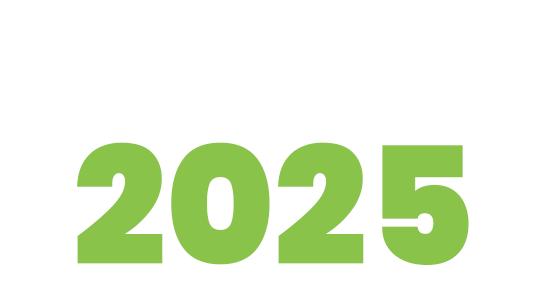
IS08 - Digital Tools for Sustainable Concrete AM
Keywords: concrete AM, design tools, digital twins, digitalisation, life cycle assessment, New European Bauhaus
As the Architecture, Engineering, and Construction (AEC) industry faces mounting pressure to reduce its environmental footprint, the introduction of innovative materials and new production methods is essential. Meanwhile, the EU's New European Bauhaus (NEB) initiative aims to marry sustainability with innovation and aesthetics, pushing the boundaries of design to create more sustainable and beautiful built environments.
Additive Manufacturing (AM) in concrete offers a promising approach to integrating material science innovations with advanced production techniques. This approach enables the creation of complex, customized, and sustainable concrete structures that meet both functional and aesthetic requirements. However, digital tools, addressing all aspects from initial design to final construction are crucial in bringing these innovations together and realising their full potential.
In this session, we will explore role of digital tools in sustainable concrete AM, highlighting the latest advancements covering the following aspects:
• Material Design and Modelling: Exploring how advanced modelling techniques can predict the behavior of reinforced concrete, optimizing material properties and performance.
• Design Tools: Leveraging the latest developments in geometric modelling and AI for combining new design interfaces (e.g., natural language interfaces) with representations that embed the constraints of concrete AM.
• 'As-Built' Digital Twins: Developing digital twins of physical constructions based on sensor data to ensure accuracy and facilitate real-time monitoring and adjustments.
• Life Cycle Assessment: Integrating material data, design parameters, and external factors to perform reliable life cycle assessments of concrete AM structures, ensuring sustainability throughout the entire process.

